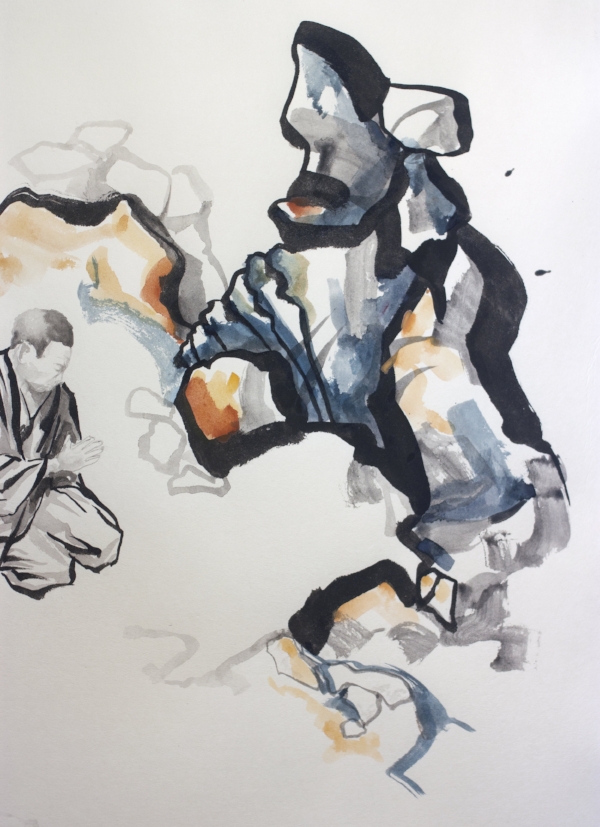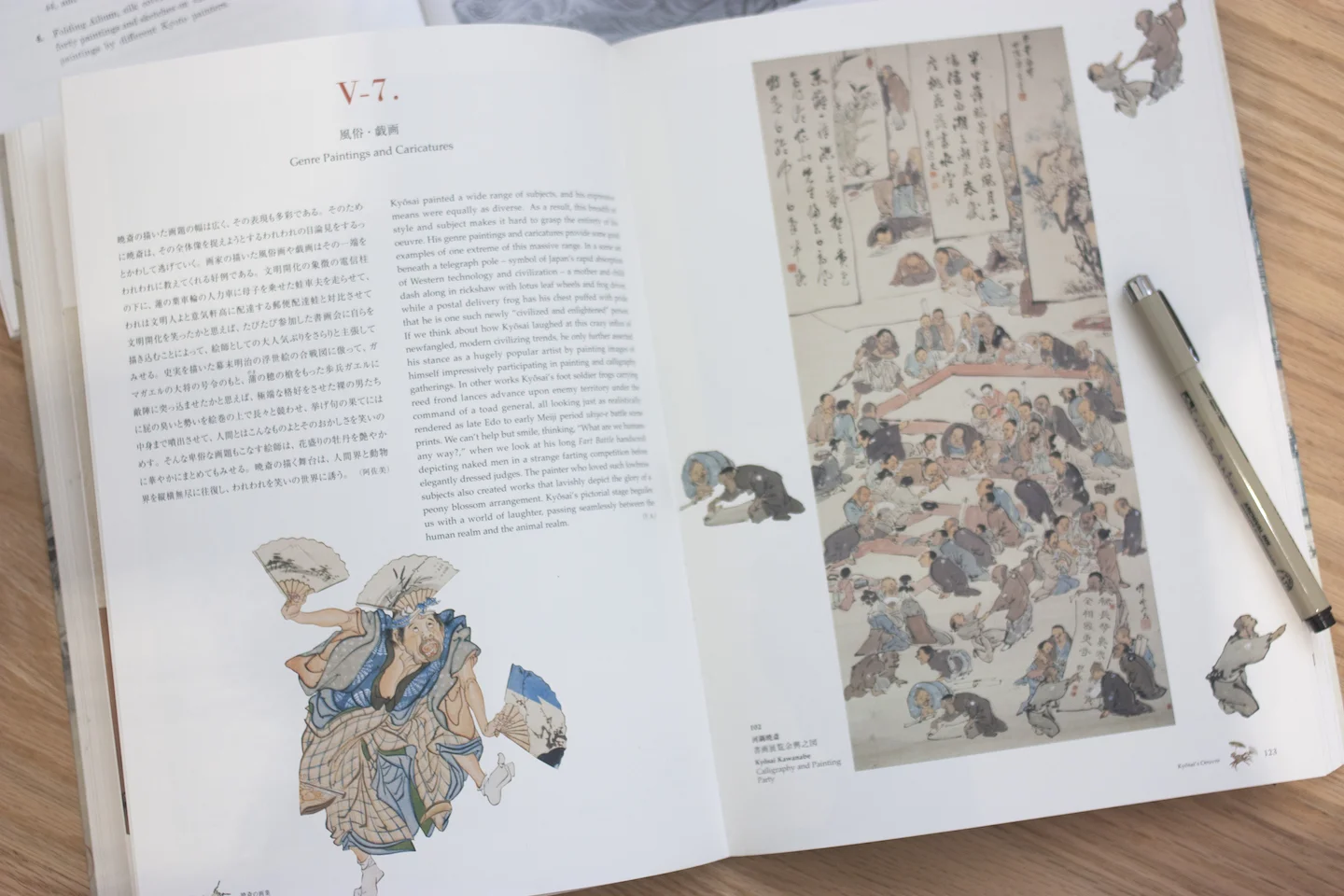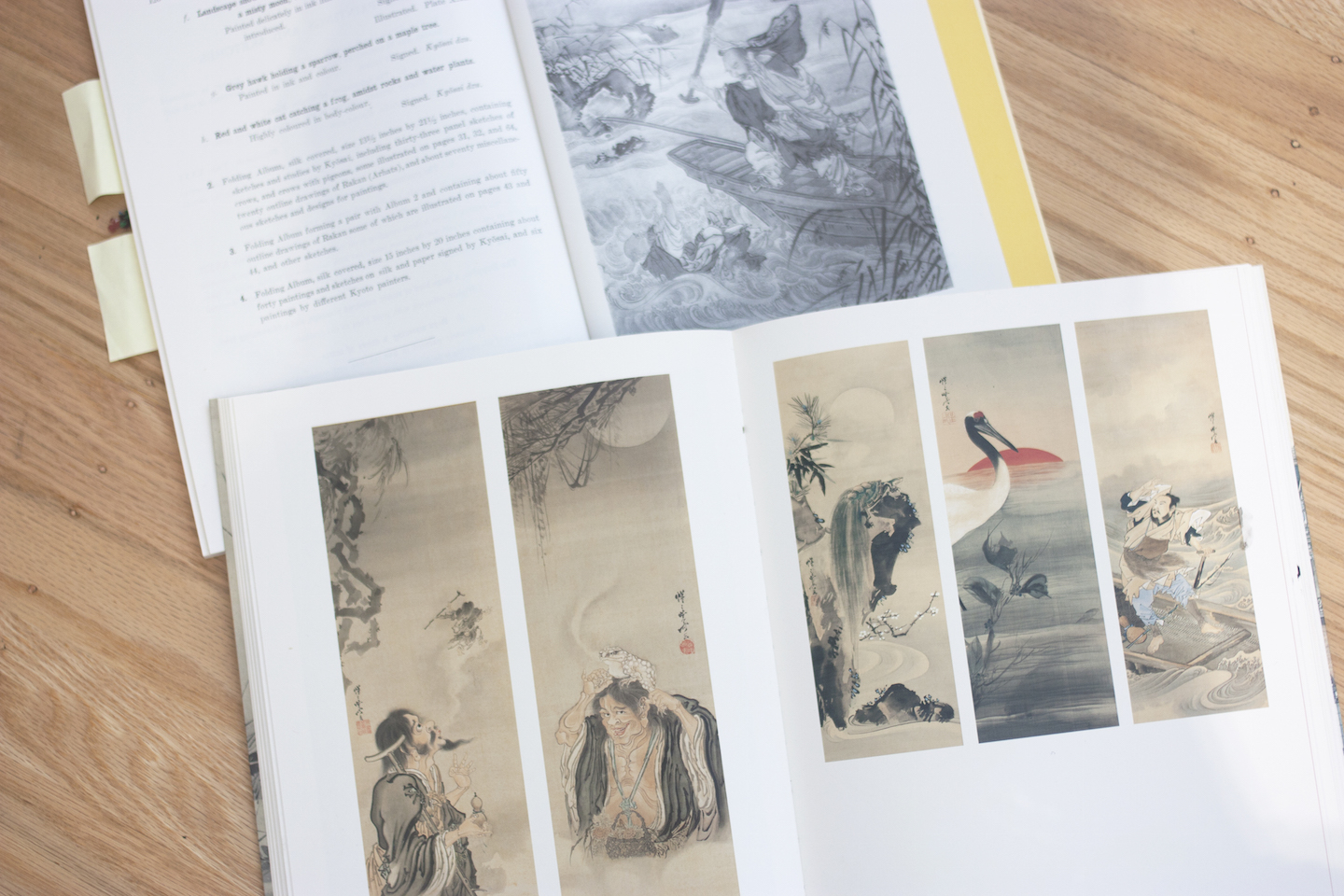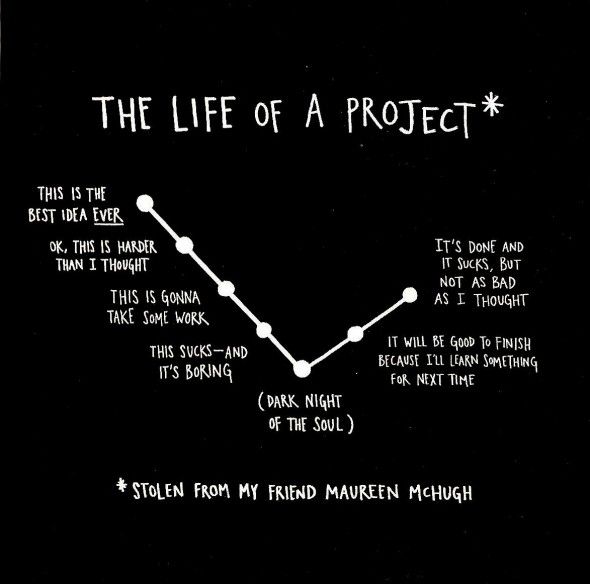In case you missed it from my last post, we're expecting baby girl in 8(ish) weeks. With pregnancy and delivery on my mind, I've noticed the many similarities with stages of when I make a painting. Neither are spontaneously produced on a whim!
Preparation takes longer than the final step.
Learning is a long step that never ends.
And there are disappointing days in between when everything goes wrong and it feels like "dark night of the soul" (see graph at the end of this post).
Experiencing the steps of either (art/pregnancy) can be challenging. I finally have a much higher base level of admiration for ALL moms.
The stages of how my paintings are born, by trimester:
Beginning
- Think of an idea or theme, often related to a recent experience or ongoing interest.
1st
- Sketch something and hope that it will make it through the next stages.
2nd
- Research for contextual reference materials: writing, history, photographs of locations, etc. If you haven't already, definitely watch the movie Silence by Martin Scorsese.
- Research for stylistic reference materials: other artists' work to see drapery on clothes, landscape paintings, etc. (a few pages from a book on Kawanabe Kyosai below)
- Practice necessary sections many times - people, drapery, brushstrokes.
3rd
- Prepare materials: paper and ink.
- Paint with ink and washes.
- Prepare more materials: colors.
- Add color.
A small part of my gathered mess waiting to be cleaned
End
- Let it sit for a day. If needed, revisit #6-9.
- Add my name as a sign of approval (though often with a disappointed sigh).
- Clean up the mess.
- Photograph.
- Edit photograph to make sure colors match the original.
- Post it online.
If it's signed, that means I've accepted that it's the best I could do now.
There it is - a glimpse into my mind and process of the life of a painting from conception to birth. Then what do I do? I repeat it all over again and again because there's much more to be said.
In broader terms, this cycle is summarized perfectly in Austin Kleon's book Steal Like an Artist:
Lastly, for more on the artist Kawanabe Kyosai whose work is pictured in the book above, this is a nice summary of his work from the site Spoon & Tamago. I subscribe to their (not-too-frequent) newsletter that covers "Japanese design from fine art and architecture to product and graphic design" in a very clear and succinct way. I highly recommend the newsletter - or just browse the site for your viewing pleasure!
Next up on my journal: the story behind this painting.








